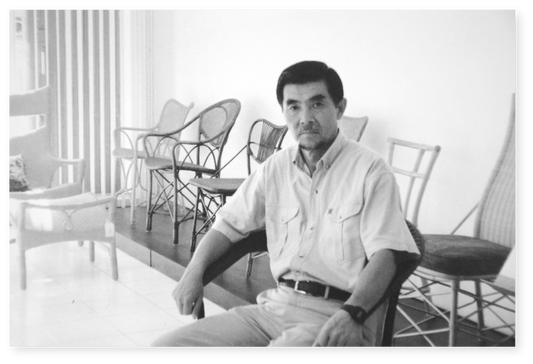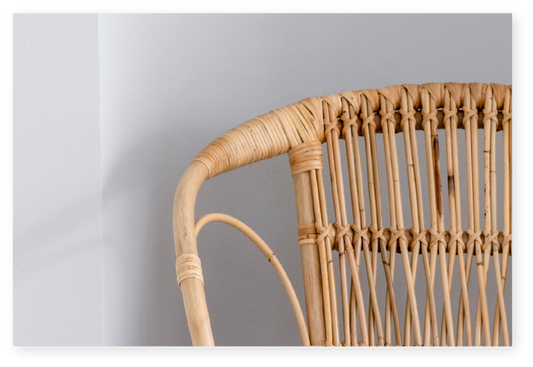Menu title
This section doesn’t currently include any content. Add content to this section using the sidebar.
Menu title
This section doesn’t currently include any content. Add content to this section using the sidebar.
Menu title
This section doesn’t currently include any content. Add content to this section using the sidebar.
The Funky dining chair was designed by Yuzuru Yamakawa in 1996. The frame is made of steel that has been hand-woven with Indonesian rattan. The chair's elegant lines reflect Yamakawa's Japanese roots, which he managed to combine with traditional Indonesian craftsmanship in the finest way.
Funky is part of Sika-Design's ICONS collection, which presents an exclusive range of wicker furniture created by some of the world's most renowned designers and architects.
Width: 58 cm | 22.9 inches *
Depth: 55 cm | 21.7 inches *
Height: 83 cm | 32.7 inches *
Seat height: 45 cm | 17.8 inches *
Seat depth: 43 cm | 17 inches *
Armrest height: 63 cm | 24.9 inches *
Weight: 3.9 kg | 0 lbs *
* Measurements & weight displayed do not include any selected add-on
Yuzuru Yamakawa (1933-2012) was a famous Japanese designer known for his great passion for rattan. Yamakawa designed and worked with rattan for more than 40 years, and his iconic designs are recognized by their beautiful lines and their emphasis on ergonomics.
Yamakawa was ambitious, in his work he merged the elegant lines from Japan with the traditional craftsmanship of Indonesia. His amazing work created a new more exclusive era for rattan furniture.


This furniture is handcrafted in rattan, which is one of the most sustainable materials available for furniture manufacturing. Rattan is often confused with bamboo, but unlike hollow bamboo, rattan is a solid material. This makes rattan furniture very durable, and able to last for generations.
When steamed for 10-15 minutes, rattan can be formed by hand using old traditional manufacturing techniques and a few simple tools. Rattan comes in 600 different variants and at Sika-Design we only use the two best qualities called Tohiti and Manau. Read more about rattan here.
MAINTENANCE Rattan requires no maintenance but can be wiped with a lightly dampened cloth if needed. Find more information about care and maintenancehere.
